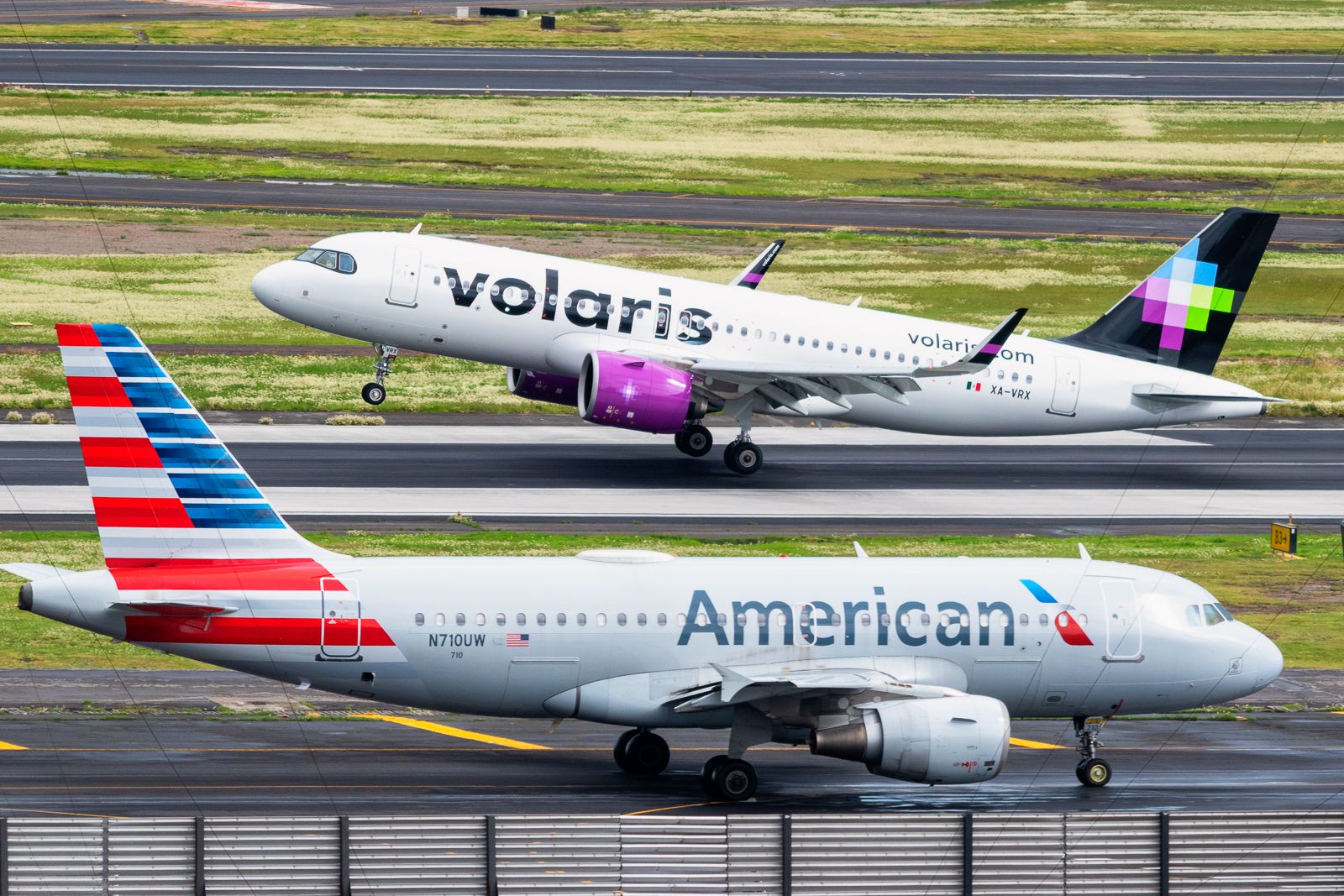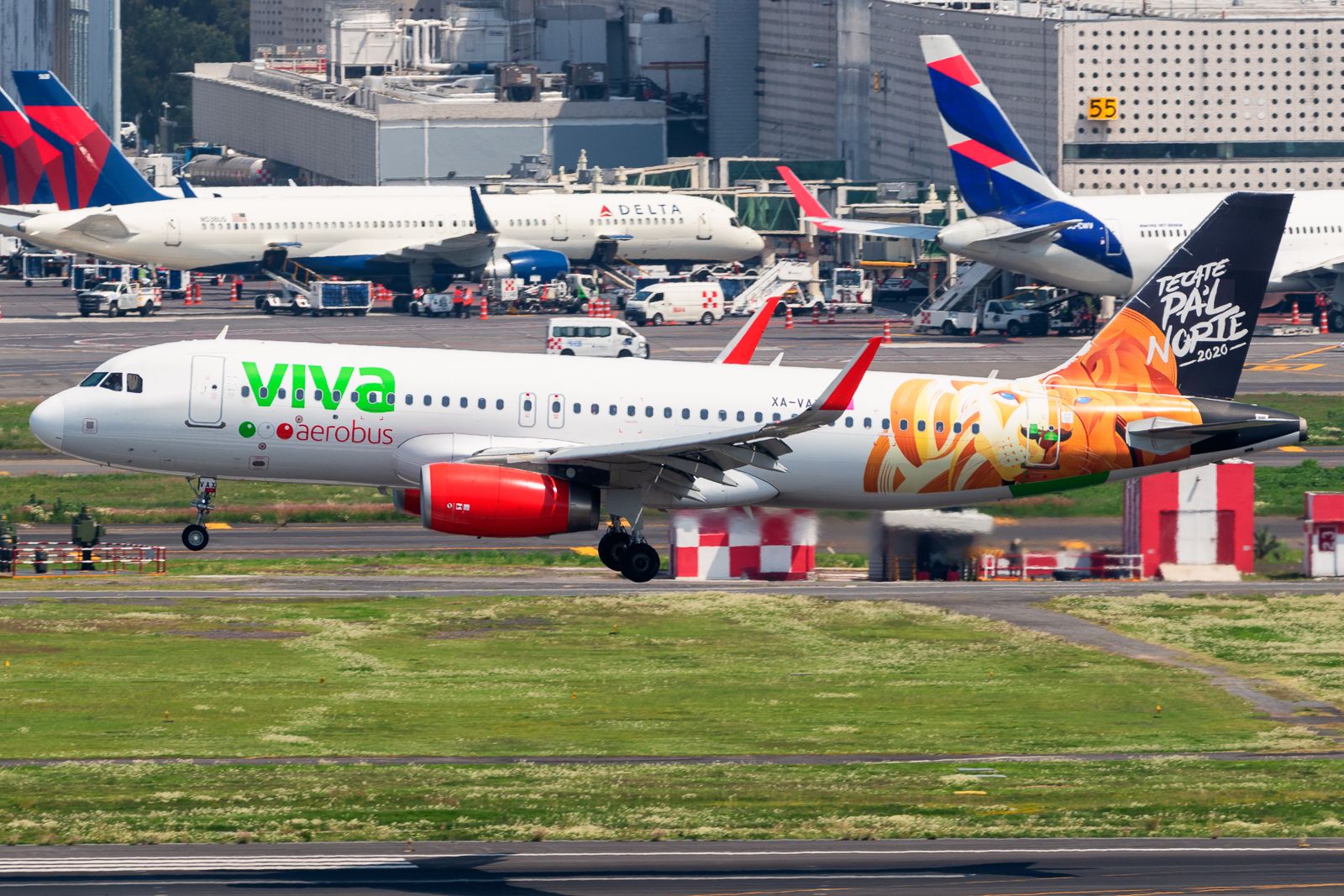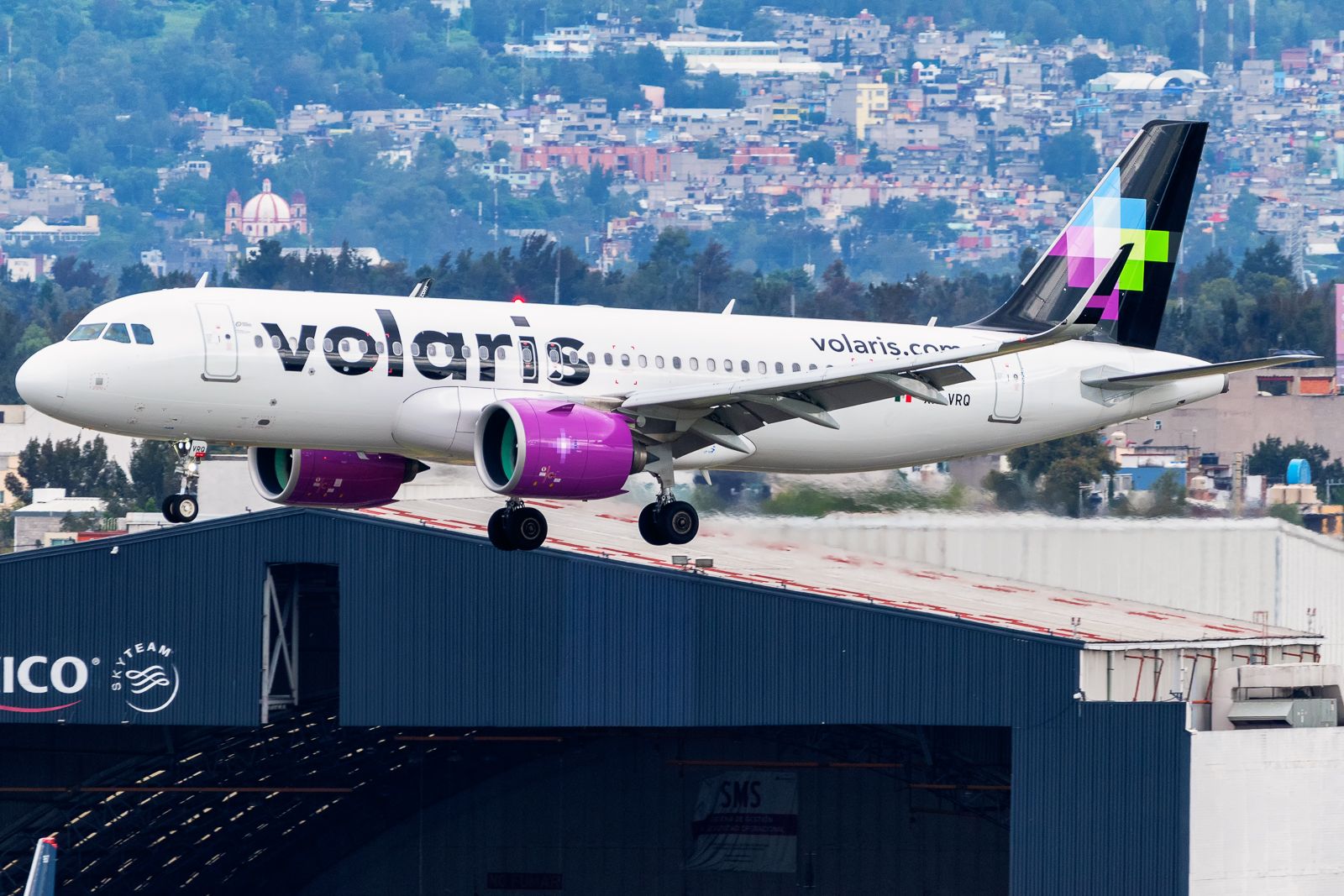On May 25, 2021, the Federal Aviation Administration (FAA) announced that the Government of Mexico does not meet International Civil Aviation Organization (ICAO) safety standards. Based on the International Aviation Safety Assessment (IASA) process, the FAA downgraded Mexico’s rating to Category 2 from Category 1. It’s been almost a year, and the Mexican authorities have been unable to regain their previous status. Why? What has happened? Let’s investigate further.
Lack of progress
In 2010, the FAA degraded the Mexican authorities to Category 2 status. It took four months and heavy investments to restore the previous status back then.
A decade later, the FAA did a new IASA process and found some of the same deficiencies Mexico had in 2010. In total, the FAA found 28 deficiencies that needed to be addressed by Mexico’s Civil Aviation Federal Agency (AFAC).
Falling into Category 2 status has impacted the commercial services and partnerships of the Mexican airlines. Only four carriers based in Mexico fly to the United States, Aeromexico, Aeromar, Viva Aerobus, and Volaris. They are unable to launch new flights to the United States, add new aircraft to commercial flights to this country, and increase their ongoing partnerships (Delta-Aeromexico and Frontier-Volaris codeshares).
The current Mexican government promised to focus on helping the civil aviation authorities restore the Category 1 status. The FAA has sent auditors over the last few months but has not yet restored the Category 1 status.
According to the Mexican newspaper El Financiero, the FAA will do a Technical Review in May. Between 40 and 50 days later will have the results of the review and schedule a final audit a month later. Therefore, Mexico could regain Category 1 status between July and August.
Mexico has been downgraded to Category 2 status by the FAA since May last year. Photo: Guillermo Quiroz Martínez via @gquimar.
What now?
While these dates are not set in stone, they could signal the Mexican authorities' end of the current Category 2 status.
Moreover, Mexico should try to regain Category 1 status as soon as possible. So far, the Mexican airlines have been able to cope with the loss of Category due to the COVID-19 crisis. They have been able to regain their previous capacity levels without any impact but as time goes by, they fall into the risk of losing market share against the US-based carriers, which can increase their connectivity to Mexico (and have done it relentlessly in the last few months).
Additionally, Mexico’s new airport, the Felipe Ángeles International Airport (NLU), cannot add flights to the United States. Volaris has already signaled interest in launching direct flights from NLU to Los Angeles by the end of the year. If launched, this route would be a great victory for the Mexican government, as it tries to promote the use of the new airport among Mexican carriers.
The Mexican airlines are unable to add new routes to the United States. Photo: Guillermo Quiroz Martínez via @gquimar.
What does it mean to be in Category 2?
Under the IASA program, the FAA determines if a country’s civil aviation authorities comply with ICAO’s safety ratings.
The FAA holds these audits of all countries with air carriers that have applied to fly to the United States, currently conduct operations to the United States, or participate in codesharing arrangements with US partner airlines.
Discover more aviation news here.
To obtain and maintain a Category 1 rating, a country must adhere to the safety standards of ICAO, the United Nations’ technical agency for aviation. ICAO establishes international standards and recommended practices for aircraft operations and maintenance.
Presently, 15 countries are downgraded to Category 2 by the FAA. The latest was Russia, downgraded a couple of weeks ago.
These countries are Bangladesh, Curaçao, Ghana, Malaysia, Mexico, the members of the Organization of Eastern Caribbean States (Antigua & Barbuda, Dominica, Grenada, St. Lucia, St. Vincent and the Grenadines, and St. Kitts and Nevis), Pakistan, Russia, Thailand, and Venezuela.
Source: El Financiero.



